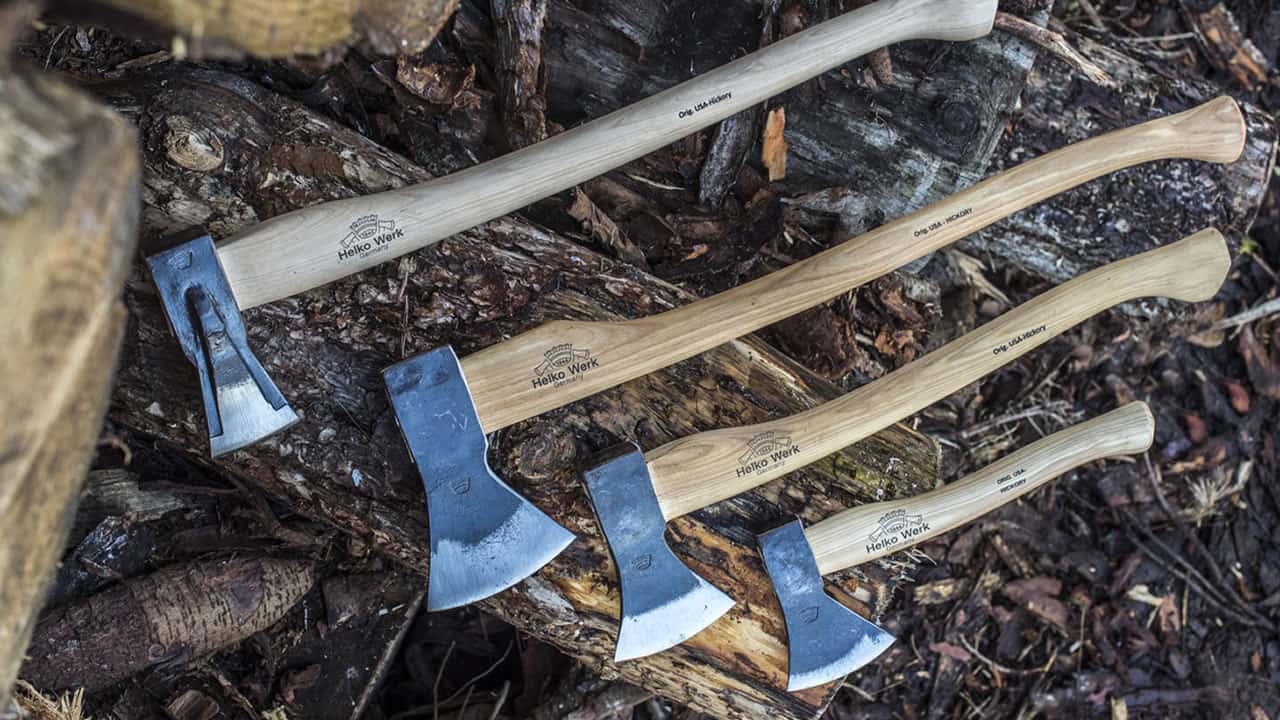When it comes to axe names, the variety of names and terms can be as sharp and diverse as the tools themselves. Whether you’re a seasoned woodsman, a budding outdoors enthusiast, or simply curious about these iconic tools, understanding the names and terminology associated with axes is essential. This detailed guide will delve into the world of axes, clarifying the various names and types you might encounter.
The Evolution of Axe Names
The history of the axe stretches back thousands of years, evolving from rudimentary stone tools to the sophisticated designs we see today. As the axe evolved, so too did the names and terms used to describe its various forms and functions. These names often reflect the specific use of the axe, the culture that developed it, or key design features.
Common Types of Axes and Their Names
1. Felling Axe
- Primary Use: Cutting down trees.
- Key Features: Sharp, thin blade for cutting across the wood grain, with a long handle for powerful swings.
- Notable Variants: American Felling Axe, Scandinavian Forest Axe.
2. Splitting Axe
- Primary Use: Splitting wood along its grain.
- Key Features: Wedge-shaped head with a heavier weight to force the wood apart.
- Notable Variants: Maul, Splitting Maul.
3. Hatchet
- Primary Use: Small chopping tasks, such as making kindling.
- Key Features: Small head and short handle for control and ease of use.
- Notable Variants: Hand Axe, Camp Hatchet.
4. Broad Axe
- Primary Use: Shaping and smoothing logs in carpentry.
- Key Features: Wide, flat blade for precise cuts, often asymmetric.
- Notable Variants: Hewing Axe, Carpenter’s Axe.
5. Tomahawk
- Primary Use: Throwing, general utility in camping and survival scenarios.
- Key Features: Lightweight with a narrow eye, balanced for throwing.
- Notable Variants: Throwing Tomahawk, Tactical Tomahawk.
6. Double Bit Axe
- Primary Use: Versatile cutting and chopping, with two blades for different tasks.
- Key Features: Symmetrical head with blades on both ends.
- Notable Variants: Cruiser Axe, Forest Axe.
7. Battle Axe
- Primary Use: Historical warfare.
- Key Features: Larger, heavier head and longer handle for combat effectiveness.
- Notable Variants: Viking Axe, Dane Axe.
8. Fireman’s Axe
- Primary Use: Emergency and rescue work.
- Key Features: Robust build with a pick on one side for breaking through barriers.
- Notable Variants: Pickhead Axe, Flathead Axe.
9. Adze
- Primary Use: Carving and hollowing wood.
- Key Features: Axe-like tool with a perpendicular blade to the handle.
- Notable Variants: Bowl Adze, Shipwright’s Adze.
Factors Influencing Axe Names
The naming of axes is influenced by a variety of factors:
- Intended Use: Axes are often named for their specific function (e.g., Felling Axe, Splitting Axe).
- Cultural Origin: Some axes are named after the region or culture where they originated (e.g., Viking Axe, American Felling Axe).
- Design Characteristics: Unique design features can also influence an axe’s name (e.g., Double Bit Axe, Broad Axe).
Selecting the Right Axe
Understanding axe names is key to selecting the right tool for your needs:
- Assess the Task: Choose an axe based on what you need it to do – felling, splitting, carving, or throwing.
- Consider the Size and Weight: Ensure the axe is suitable for your strength and stature.
- Examine the Build Quality: Look for axes made from high-quality steel and with sturdy handles.
Axe Maintenance and Care
Irrespective of the type, proper care is crucial for the longevity of your axe:
- Regular Sharpening: Keep the blade sharp for efficient cutting.
- Handle Maintenance: Inspect and maintain the handle to ensure safety and comfort.
- Proper Storage: Store your axe in a dry place, ideally with a protective sheath on the blade.
Safety Tips for Using Axes
Safety is paramount when handling any type of axe:
- Wear Protective Gear: Gloves and safety glasses are essential.
- Ensure a Clear Area: Make sure there’s no one near you when swinging an axe.
- Use Correct Technique: Learn the proper way to swing and handle your axe to prevent injuries.
The Cultural Significance of Axes
Axe names often reflect cultural heritage and history. For instance, the Viking Axe is steeped in Norse history, while the Tomahawk carries Native American significance. Understanding these cultural connections can enrich your experience and appreciation of these tools.
Conclusion
The world of axes is as varied as it is fascinating, with each type and name carrying a story of its own. From the powerful Felling Axe to the precise Carpenter’s Axe, these tools have been integral to human development and survival. Whether you’re a hobbyist, a professional, or just someone interested in traditional tools, understanding the names and nuances of different axes can enhance your skills and appreciation for these timeless implements. Remember, behind every axe name is a blend of history, culture, and craftsmanship, connecting us to a rich legacy of human ingenuity.
